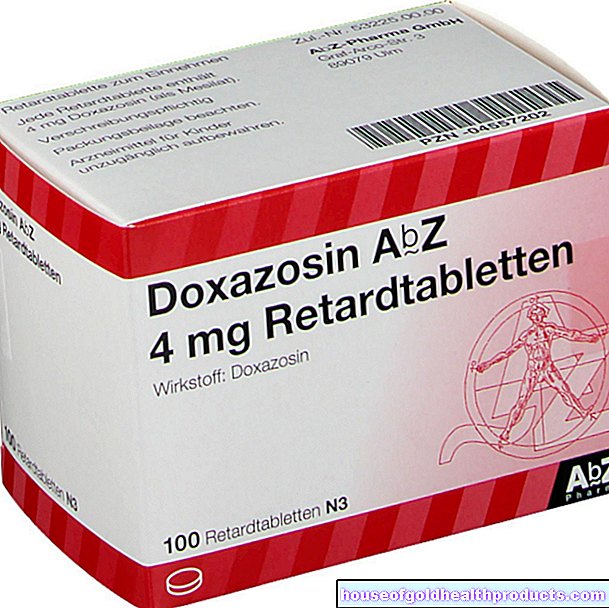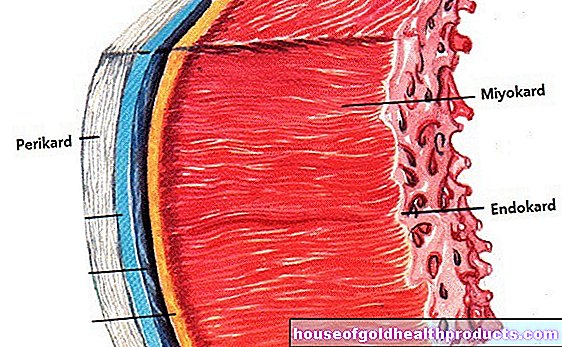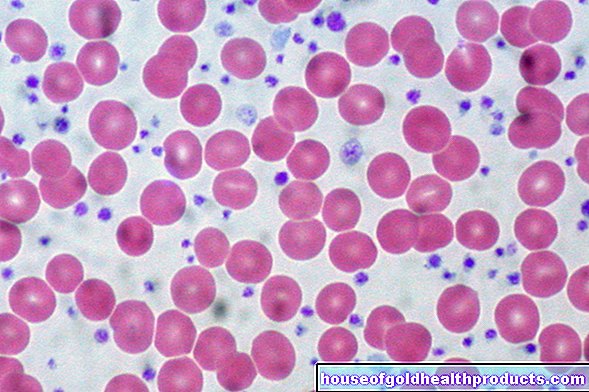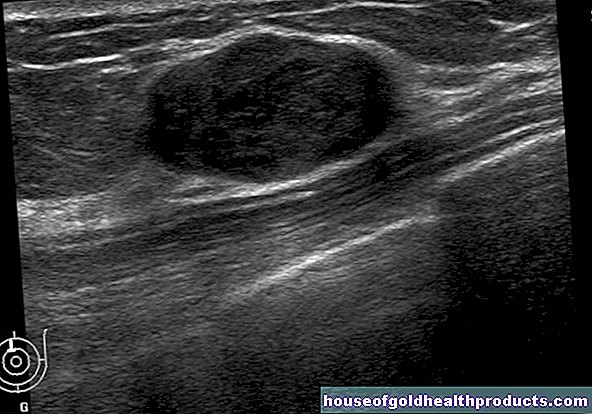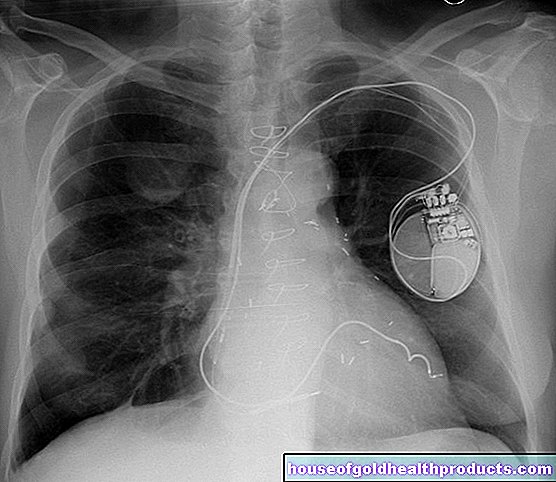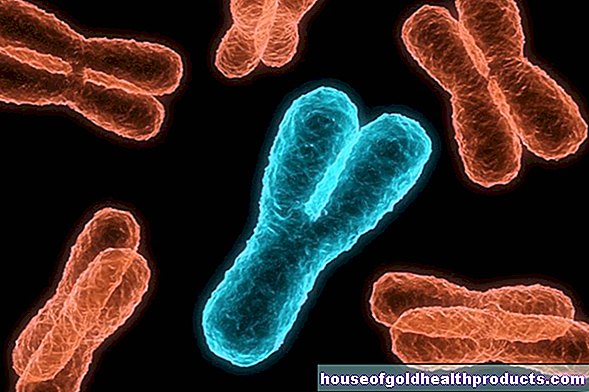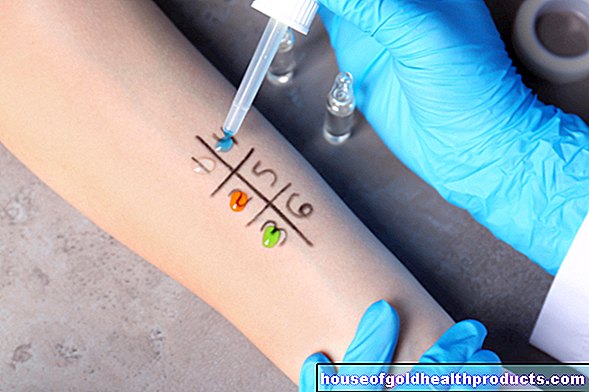Y chromosome
Eva Rudolf-Müller is a freelance writer in the medical team. She studied human medicine and newspaper sciences and has repeatedly worked in both areas - as a doctor in the clinic, as a reviewer, and as a medical journalist for various specialist journals. She is currently working in online journalism, where a wide range of medicine is offered to everyone.
More about the experts All content is checked by medical journalists.The Y chromosome is one of the two sex chromosomes (gonosomes) and occurs exclusively in men (in addition to an X chromosome as a second sex chromosome, i.e. XY). Chromosomes contain the genetic information. The Y chromosome contains important information for male sexual characteristics, such as testicular and sperm development. Read everything you need to know about the Y chromosome!
What is the Y Chromosome?
The Y chromosome is one of the two sex chromosomes (gonosomes). The second is the X chromosome. In every human being, the nuclei of (most) cells usually contain two sex chromosomes: men have one X and one Y chromosome (XY), women two X chromosomes (XX).
Because Y chromosomes are only found in men, they are sometimes referred to colloquially as male chromosomes. They are much smaller than the X chromosomes and contain much less genetic information (in the form of genes) than these: The Y chromosome carries around 86 genes (the X chromosome has around 2000).
The total number of chromosomes in the nucleated human body cells (except egg and sperm cells) is 46: there are 22 pairs of so-called autosomes and two gonosomes. The abbreviation for this double (diploid) set of chromosomes is 46XY for men and 46XX for women.
In the formation of egg and sperm cells, however, the double set of chromosomes must be halved so that there are 22 autosomes and 1 sex chromosome in each germ cell (simple or haploid chromosome set). Only in this way can a daughter cell arise from the fusion of egg and sperm cells during fertilization, which again contains a “normal” double set of chromosomes. The child then develops from this.
What is the function of the Y chromosome?
Since the Y chromosome is missing in all women, no vital genes can be found on it. In fact, the genes of the Y chromosome mainly contain information that is only relevant for men (e.g. for sperm development).
In addition, the Y chromosome decides which sex a newly conceived child has: the germ cells (egg and sperm cells) are the only cells in the body with only one sex chromosome: all egg cells have an X chromosome, the sperm cells either an X- or a Y chromosome.
If the egg and sperm cells fuse during fertilization, the sex of the resulting child depends solely on the sperm cell: If it has contributed another X chromosome to the egg cell's X chromosome, a girl (XX) will develop. If, on the other hand, the sperm cell delivers a Y chromosome, a boy (XY) is created.
This is related to the so-called SRY gene (sex determinating region of Y) on the Y chromosome: It codes for the protein TDF (testis determinating factor). This protein (together with other factors) ensures that the so-called germinal cords develop into testicular cords in the embryo. If, on the other hand, there is no TDF (i.e. no Y chromosomes), the embryonic germinal cords become ovarian tissue.
The whole thing happens a few weeks after fertilization, because only then is the TDF (if a Y chromosome is present) formed. Before that, the germ lines of the embryo are not gender-specific, but rather indifferent.
Where is the Y chromosome located?
The Y chromosome is located in the nucleus of all cells in the male body (exception: those sperm in the scrotum that only have one X chromosome as a sex chromosome).
What problems can the Y chromosome cause?
Some men have an extra (second) Y chromosome (47XYY). This fact is not particularly noticeable and often goes undetected. Sexual behavior is normal, intelligence almost normal. However, those affected are larger than average. In addition, they sometimes behave awkwardly and have a reduced tolerance for frustration.
In some men, the SRY gene on the Y chromosome is either absent or defective. This results in an incorrect development of the testicles. Larger defects on the Y chromosome lead to a female appearance (phenotype) and sterility.
Tags: menopause alternative medicine travel medicine
